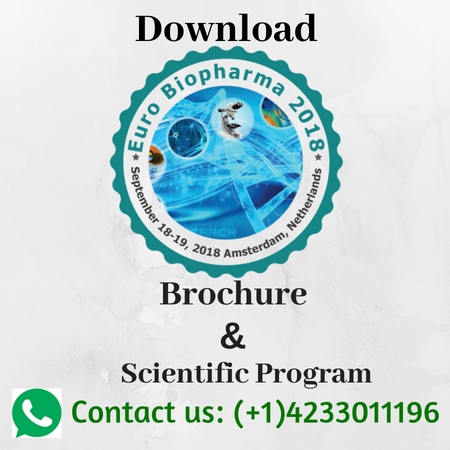
Mohamed.M.Elseweidy
Zagazig university, Egypt
Title: Inhibition of aortic Calcification by plicosanol in Dyslipidemic rabbits is enhanced by pentoxifyllin : potential role of PCSK9
Biography
Biography: Mohamed.M.Elseweidy
Abstract
Policosanol (POL) is a hypocholesterolemic drug of natural origin and has been shown to reduce
circulating levels of proprotein convertase subtilisin/kexin type 9 (PCSK9) in healthy subjects. Recently,
we have reported that POL can attenuate aortic calcification in diabetic dyslipidemic rats; however, the
underlying mechanism is not fully elucidated. We aimed to investigate the effect of POL on aortic calcification and if PCSK9 has a contributory role, and also to examine whether combination of POL with pentoxifylline (PTX), as antitumor necrosis factor alpha (TNFα) would offer additional benefits. Thirty adult male New Zealand rabbits weighing 1.5–2 kg were randomly assigned into five groups. One group received standard chow diet and served as normal control group (NC). The other four groups received 0.5% w/w cholesterol rich diet for 12 weeks and concurrently treated with either placebo, POL, PTX orcombination of POL and PTX. Sera samples and aortic tissue were collected for biochemical
measurements and histological assessment. Rabbits fed a cholesterol rich diet demonstrated dyslipidemia, increased inflammatory state and elevated serum levels of PCSK9, compared to NC group.
Aortic calcification was evident in dyslipidemic rabbits, represented by increased calcium deposition and
osteopontin (OPN) expression in aortic tissue, along with elevated serum levels of alkaline phosphatase
(ALP) and osteocalcin (OCN). Dyslipidemic rabbits showed a significant up regulation of wingless type
MMTV integration site family 3A (Wnt3a) and bone morphogenetic protein 2 (BMP 2) genes in their aortic
tissue. POL significantly reduced circulating PCSK9 levels, suppressed calcification markers and
attenuated aortic calcification. Combination of POL with PTX alleviated aortic calcification to greater extent than either monotherapy, which may be attributed to further suppression of PCSK9 and calcification markers. These findings suggested that POL exerted anti calcifying effect partly via inhibition of PCSK9. Combination of POL and PTX offered additional benefits and might represent a promising therapeutic option for aortic calcification.

